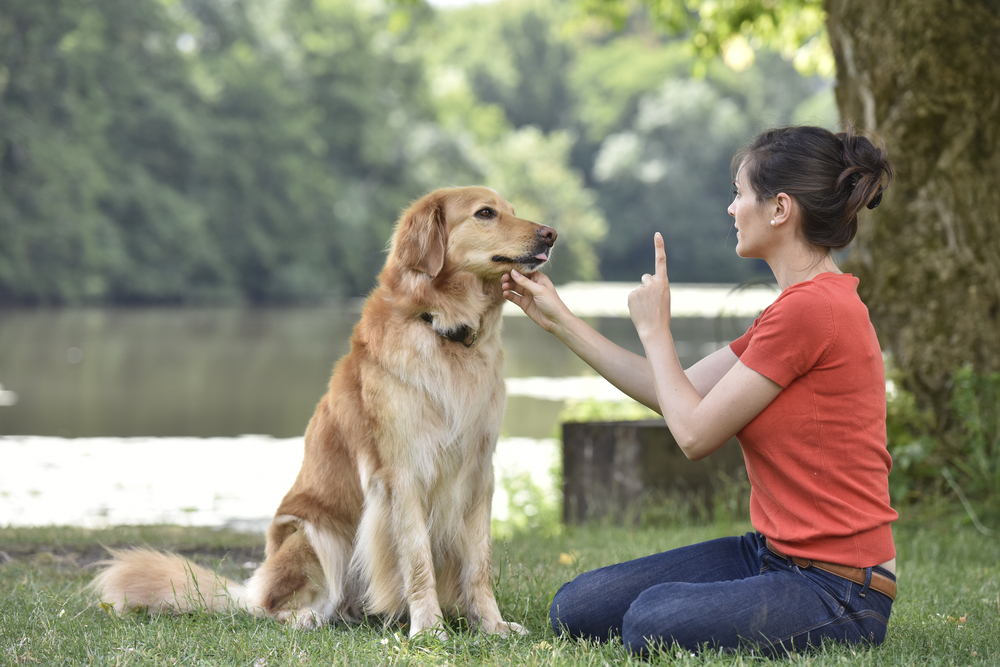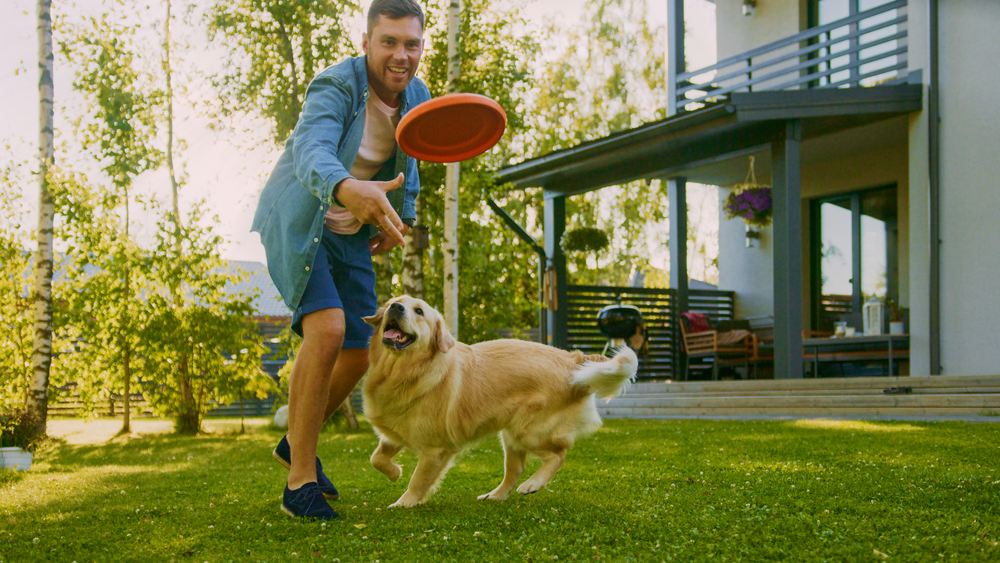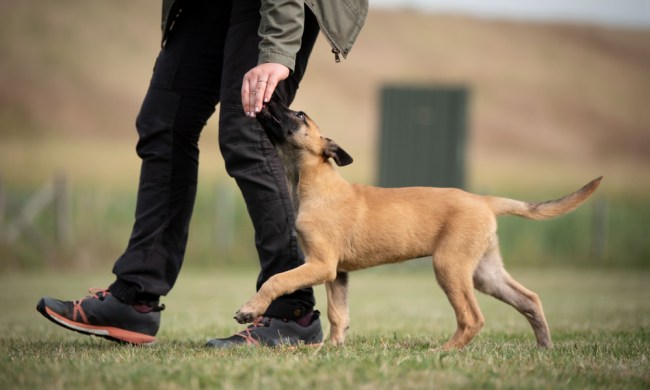Training your dog to be a well-behaved member of the family is one of the most important duties of being a good pet parent. Having a dog that responds well to your commands not only helps your dog be more sociable, but it can also keep him safe and protect your home from destructive habits an untrained dog can cause.
Positive reinforcement training often relies on small training treats as a reward during the training process; however, that doesn’t always work for every dog. Some simply aren’t food motivated. For those that are, there’s the tedious task of gradually weaning them from receiving treat rewards once the lessons have been learned.
That prompts the question: Is dog training without treats possible? Yes, and here’s how.

How to train your dog without treats
Use your attention strategically
It might seem counterintuitive that ignoring bad behavior can lead to a well-behaved dog, but it’s actually a good strategy, especially if you have a dog who craves your attention. Your dog responds as much to the energy you exude as he does to the commands you deliver, which means raising your voice or pushing him away can actually reinforce unwanted behavior.
For example, a dog who jumps on you (and your guests) may interpret the excitement in your voice when you tell him “no” and the action of pushing him away as an invitation to play instead of a rebuke. The next time he jumps, try calmly turning your back and folding your arms instead. Once he stops, reward his good behavior with your attention by telling him he’s a good boy. Pet him, but only if it doesn’t instigate another jumping episode.
Work it into playtime
If your dog has a favorite activity or toy, consider using it as a training tool. For example:
- Use a game of fetch to work on basic commands such as “sit,” “down,” “stay,” and “come.” Reward each successful response with a toss or two. Don’t throw the ball if your dog doesn’t respond, or this tactic won’t work. Repeat this process several times as part of the game. Finish up by tossing a few balls without any expectation as a reward for a job well done.
- Even your daily walking routine can be an opportunity to practice obedience. Show your dog the leash, then give him the command you want to work on (“sit,” for example). If he doesn’t comply, put the leash away and leave the room for a few minutes before you try again. Before long, he’ll understand that the sooner he responds to your command, the sooner he’ll be able to go outside.

Attach it to his freedom
Independent breeds as well as those with a hunting instinct may respond well to rewards that allow them to engage in their favorite free-time activity.
For example:
- If you regularly visit a dog park or hiking trail, spend a few minutes at the entrance to work on commands like “sit” and “stay.” If he doesn’t comply, take him back to the car for a few minutes before you try again.
- Practice basic commands on your walks around the neighborhood. Ask your dog to sit politely before you head out the door. Practice “leave it’ and “look” commands just before you get to his favorite places to sniff on your route, then reward compliance with a few extra minutes without interruption. If he doesn’t comply, walk past the sniffing spot and try again before you reach the next one.
Reward with your touch
If your dog is a cuddle bunny at heart, spending time in your lap or receiving affection from you might be a better reward than food. You can use this to your advantage by initiating a short training or practice session before he curls up beside you on the couch.
For example, when he comes seeking your attention, use the opportunity to practice “sit” and “down” commands. This is also a good time to teach the “look” command by asking him to touch his nose to your finger or make eye contact when you give the word. Reward the successful exercise with his favorite cuddle-time activity or scratches to his favorite place. If he doesn’t follow your command, leave the room for a few minutes before you return to try again.
Remember, positive reinforcement is key to your success. So is patience. Your attitude plays a big part in this training process, too. If you become frustrated, take a break and try again when you are in a better mood. By staying calm and not rewarding bad behavior with verbal or physical attention, you will soon teach your dog that the easiest way to have fun with his human is to follow his or her direction.
Now is the time to start dog training — or practice learned commands — without treat rewards. As the bond between you strengthens, your dog will be happy to comply without the promise of the food you might be holding in your hand.


